Ethanol and Outboard Carburetors: Problems, Solutions, and Protection Strategies
Ethanol-blended fuels have become nearly unavoidable at gas pumps across the country, creating significant challenges for outboard motor owners. While modern engines are designed with ethanol compatibility in mind, many outboards—especially older models with carburetors—remain vulnerable to ethanol's damaging effects. This comprehensive guide explores the problems ethanol causes in outboard carburetors, effective solutions, and strategies to protect your engine.

Understanding Ethanol in Fuel
Before diving into specific problems and solutions, it's important to understand what ethanol is and why it's in your fuel.
What is Ethanol?
Ethanol is an alcohol-based fuel produced from plant materials, primarily corn in the United States. It's added to gasoline as an oxygenate to reduce carbon monoxide emissions and as a renewable fuel source to reduce dependence on fossil fuels.
Most gasoline sold in the U.S. contains up to 10% ethanol (E10), while some stations offer higher concentrations like E15 (15% ethanol) or E85 (up to 85% ethanol).
Why Ethanol Creates Problems for Outboard Motors
Outboard motors, particularly those with carburetors, face several challenges when using ethanol-blended fuels:
- Hygroscopic Nature: Ethanol attracts and absorbs water from the atmosphere
- Phase Separation: When enough water is absorbed, the fuel separates into layers
- Corrosive Properties: Ethanol is more corrosive than traditional gasoline
- Solvent Characteristics: Ethanol acts as a solvent that can dissolve certain materials
- Lower Energy Content: Ethanol contains approximately 30% less energy than gasoline
These properties create a perfect storm of potential problems for outboard carburetors, which we'll explore in detail.

Common Ethanol-Related Carburetor Problems
1. Corrosion and Metal Deterioration
Symptoms: - Visible corrosion on metal carburetor components - White or green powdery deposits on aluminum parts - Pitting on metal surfaces - Blocked passages due to corrosion debris
Why It Happens: Ethanol combined with water creates a mildly acidic solution that attacks aluminum, zinc, and other metals commonly used in carburetors. This corrosion can damage precision components and block tiny fuel passages.
Real-World Impact: "I rebuilt my 1998 Mercury outboard's carburetor three times in two years before switching to ethanol-free fuel. The corrosion on the float needle seats was so severe that no amount of cleaning would keep them functioning properly for more than a few months." - Marine Technician with 25+ years experience
2. Phase Separation and Water Contamination
Symptoms: - Hard starting or no-start conditions - Rough running and stalling - White, milky appearance in fuel - Water in carburetor bowl - Rust in metal fuel tanks
Why It Happens: Ethanol can hold water in suspension up to a point (about 0.5% at 70°F). When this saturation point is exceeded, or when temperatures drop, the water-ethanol mixture separates from the gasoline, forming a layer at the bottom of the tank. This water-ethanol mixture is drawn into the carburetor, causing running problems and corrosion.
Real-World Impact: "Phase separation is the number one cause of carburetor rebuilds in my shop. Once it happens, the damage is done. The water-ethanol mixture sits in the carburetor bowl, attacking the metal components until the engine won't run at all." - Outboard Repair Specialist

3. Deterioration of Rubber and Plastic Components
Symptoms: - Fuel leaks from carburetor - Swollen, distorted, or cracked gaskets - Deteriorated float needle tips - Brittle fuel lines - Failed diaphragms in fuel pumps
Why It Happens: Ethanol acts as a solvent that can attack certain rubber, plastic, and composite materials, especially in older engines not designed for ethanol compatibility. This causes components to swell, distort, harden, or dissolve over time.
Real-World Impact: "I've seen float needles with the tips completely dissolved by ethanol, causing massive flooding and fuel leaks. The rubber compounds used in pre-2000 outboards simply weren't designed to withstand constant ethanol exposure." - Mercury Certified Technician

4. Gum and Varnish Formation
Symptoms: - Sticky throttle or choke operation - Clogged jets and passages - Hard starting and poor performance - Visible varnish deposits in carburetor - Stuck float needles
Why It Happens: Ethanol-blended fuels break down faster than traditional gasoline, forming gummy deposits and varnish. These deposits cling to carburetor components, clogging small passages and preventing proper operation of moving parts.
Real-World Impact: "The tiny passages in four-stroke outboard carburetors are particularly vulnerable to varnish buildup from ethanol fuels. I've seen jets so clogged that no amount of carburetor cleaner would dissolve the deposits—complete disassembly and mechanical cleaning was the only solution." - Yamaha Master Technician

5. Lean Running Conditions
Symptoms: - Overheating - Poor acceleration - Hesitation and stumbling - Increased engine wear - Piston damage in severe cases
Why It Happens: Ethanol contains oxygen, which effectively makes the air-fuel mixture leaner than the carburetor was calibrated for. This lean condition can cause overheating and performance problems, especially in engines with fixed-jet carburetors that cannot compensate for the oxygen content.
Real-World Impact: "I've repaired numerous outboards with scored pistons and cylinders due to lean running conditions caused by ethanol fuel. The owners had no idea that the 'regular' fuel they were using was causing their engines to run dangerously hot." - Marine Engine Rebuilder

Effective Solutions for Ethanol-Related Carburetor Problems
1. Use Ethanol-Free Fuel When Possible
The Solution: The most effective way to prevent ethanol-related problems is to avoid ethanol altogether by using ethanol-free gasoline (sometimes called "rec fuel" or "pure gas").
Implementation: - Locate ethanol-free fuel stations using resources like pure-gas.org - Consider marina fuel, which is often ethanol-free (though more expensive) - For small outboards, pre-packaged ethanol-free fuel is available in cans
Cost Consideration: Ethanol-free fuel typically costs 30-80 cents more per gallon than E10, but the long-term savings in repair costs and improved reliability often justify the premium.
Expert Opinion: "In my 30 years of outboard repair, I've never seen an ethanol-related failure in an engine that exclusively used ethanol-free fuel. It's the single best preventive measure you can take." - Certified Marine Technician

2. Use Quality Fuel Stabilizers and Ethanol Treatments
The Solution: When ethanol-free fuel isn't available, quality fuel stabilizers and ethanol treatments can help mitigate ethanol's negative effects.
Top Products:
Star Tron Enzyme Fuel Treatment - Uses enzymes to prevent ethanol problems - Helps prevent phase separation - Stabilizes fuel for up to two years - Breaks down existing gum and varnish
STA-BIL Marine Formula Fuel Stabilizer - Specifically formulated for marine applications - Contains corrosion inhibitors - Prevents fuel breakdown for up to 24 months - Helps address ethanol-related issues
Mercury Quickstor - OEM product designed specifically for outboards - Excellent for seasonal storage - Contains corrosion inhibitors - Prevents fuel breakdown
Yamaha Fuel Stabilizer & Conditioner Plus - Formulated for Yamaha outboards but works in all brands - Prevents phase separation - Contains metal deactivators to prevent corrosion - Stabilizes fuel for up to one year
Implementation: - Add treatment to each tank of fuel according to manufacturer directions - For storage, use a double dose of stabilizer - Treat fuel before adding to tank for best mixing
Expert Opinion: "While not as effective as using ethanol-free fuel, quality stabilizers like Star Tron significantly reduce ethanol-related problems. I recommend them to all my customers who can't access ethanol-free fuel." - Marine Service Manager

3. Install a Water-Separating Fuel Filter
The Solution: A quality water-separating fuel filter can capture water before it reaches the carburetor, reducing corrosion and phase separation problems.
Recommended Systems:
For Smaller Outboards (Under 90HP): - Mercury 35-8M0060041 Fuel Filter Assembly - Yamaha Mar-Fuelf-Il-Tr Fuel Filter - Sierra 18-7932-1 Fuel Water Separator Kit
For Larger Outboards: - Racor 320R-RAC01 Fuel Filter/Water Separator - Mercury 35-8M0020349 Water Separating Fuel Filter - Moeller 033320-10 Marine Fuel Filter Water Separator
Implementation: - Install between fuel tank and engine - Check and drain water regularly - Replace filter element annually or more frequently if water is present
Expert Opinion: "A quality water separator is essential protection for any outboard using ethanol fuel. I recommend the Racor systems for their reliability and ease of service. Being able to see water accumulation in the clear bowl provides early warning of potential problems." - Marine Engine Technician

4. Implement Proper Fuel Management Practices
The Solution: Proper fuel management practices can significantly reduce ethanol-related problems, even when using ethanol-blended fuels.
Best Practices:
Fresh Fuel Only - Use fuel within 30 days when possible - Never use fuel older than 90 days in outboard engines - For seasonal use, drain and replace fuel at the beginning of each season
Proper Storage Procedures - Keep fuel tanks nearly full to minimize condensation space - Add stabilizer at recommended concentration - Run engine for 10-15 minutes after adding stabilizer to treat entire fuel system - For long-term storage, consider draining carburetors completely
Avoid Moisture Contamination - Keep tank vents closed during storage if possible - Use fuel tank caps with good seals - Consider a dehumidifier in enclosed storage areas - Avoid temperature extremes that promote condensation
Expert Opinion: "Fuel management is just as important as the fuel itself. I've seen perfectly good engines ruined by old fuel, while engines running ethanol blends with proper management continue to perform flawlessly year after year." - Outboard Dealer Service Manager

5. Upgrade Vulnerable Components
The Solution: For older outboards, upgrading to ethanol-compatible components can significantly improve reliability with modern fuels.
Recommended Upgrades:
Fuel Lines and Fittings - Replace older fuel lines with ethanol-compatible hose (marked "J30R9" or "J30R14") - Upgrade to ethanol-resistant primer bulbs - Replace plastic fittings with metal where possible
Carburetor Components - Use ethanol-resistant float needle valves with Viton tips - Replace older gaskets with ethanol-compatible materials - Consider upgrading float bowl screws to stainless steel
Fuel System Components - Replace older plastic fuel filters with metal-bodied versions - Upgrade to ethanol-compatible fuel pump diaphragms - Consider replacing plastic fuel tanks with metal
Expert Opinion: "For outboards built before 2000, upgrading to ethanol-resistant components is a wise investment. The cost is minimal compared to the expense of repeated carburetor rebuilds and potential engine damage." - Marine Restoration Specialist

Preventive Maintenance for Ethanol Protection
1. Regular Carburetor Inspection and Cleaning
Recommended Schedule: - Visual inspection: Every 50 hours or monthly during use season - Basic cleaning: Every 100 hours or annually - Complete disassembly and cleaning: Every 300 hours or if problems develop
Inspection Points: - Check for fuel leaks around gaskets and seals - Inspect visible metal surfaces for corrosion - Verify smooth operation of throttle and choke - Look for fuel discoloration or debris in fuel bowl
Cleaning Procedures: - Use quality carburetor cleaners specifically rated for marine use - Consider ultrasonic cleaning for thorough results - Always replace gaskets and O-rings after disassembly - Verify proper float level during reassembly
Expert Opinion: "Preventive maintenance is far less expensive than reactive repairs. A simple annual carburetor cleaning can prevent most ethanol-related failures and extend the life of your outboard significantly." - Mercury Master Technician

2. Seasonal Storage Procedures
End-of-Season Checklist:
Fuel System Preparation - Add double dose of fuel stabilizer to tank - Run engine for 15 minutes to distribute treated fuel - For carbureted outboards, consider one of these options: - Option 1: Fill tank 95% full with stabilized fuel - Option 2: Drain carburetor completely after running with stabilized fuel
Carburetor-Specific Steps - Remove carburetor bowl drain screw to release all fuel - Spray fogging oil into carburetor throat while engine runs until it stalls - Replace drain screw with new gasket - Consider removing and cleaning carburetors for long-term storage
Storage Environment - Store in climate-controlled environment if possible - Use engine cover to prevent moisture intrusion - Consider using desiccant products near engine - Avoid direct sunlight and extreme temperature fluctuations
Expert Opinion: "Proper storage is critical with ethanol fuels. I've seen outboards that wouldn't start in spring due to gummed carburetors from improper storage, while properly winterized engines start right up after months of non-use." - Marine Service Writer

3. Regular Use and Exercise
The Solution: Regular use is one of the best protections against ethanol problems.
Recommended Schedule: - Run engine to full operating temperature at least monthly - Vary RPM during operation to ensure all circuits are used - For seasonal boats, consider mid-season fuel system maintenance
Implementation: - Schedule regular "exercise" sessions for your outboard - Use fuel stabilizer even during the season if boat will sit more than two weeks - Consider draining carburetor if engine won't be used for more than a month
Expert Opinion: "The outboards I see with the fewest ethanol problems are those that get regular use. Fuel that sits in carburetors is where most problems begin, so regular operation is excellent preventive maintenance." - Outboard Repair Shop Owner
Special Considerations for Different Outboard Types
Older Two-Stroke Outboards (Pre-2000)
Unique Vulnerabilities: - Often have zinc or aluminum carburetor components highly susceptible to corrosion - May use rubber compounds not designed for ethanol exposure - Typically have fixed jets that can't compensate for ethanol's lean-burning characteristics
Specific Recommendations: - Use ethanol-free fuel exclusively if possible - If using ethanol blends, add two-stroke oil to tank first, then fuel - Consider richer oil mixture (within manufacturer specifications) - Upgrade to ethanol-resistant fuel lines and primer bulbs - Rebuild carburetors with ethanol-resistant components
Expert Opinion: "Older two-strokes are the most vulnerable to ethanol damage. If you can't find ethanol-free fuel, consider rebuilding the carburetors with modern materials designed for ethanol compatibility." - Vintage Outboard Specialist

Four-Stroke Outboards with Carburetors
Unique Vulnerabilities: - More complex carburetor systems with smaller passages - Often have multiple carburetors that must be synchronized - May have heat-riser passages that promote fuel evaporation
Specific Recommendations: - Use high-quality fuel stabilizer with corrosion inhibitors - Consider more frequent carburetor cleaning (every 100 hours) - Pay special attention to synchronization after any carburetor work - Install larger, marine-grade water-separating filter - Follow manufacturer's oil change intervals precisely
Expert Opinion: "Four-stroke carbureted outboards have more complex fuel systems with smaller passages that are particularly vulnerable to ethanol gumming. Regular maintenance is essential, especially if you can't avoid ethanol fuels." - Honda Marine Technician

Modern Fuel-Injected Outboards
Ethanol Considerations: - Generally more resistant to ethanol issues than carbureted models - Still vulnerable to phase separation and corrosion - Higher pressure fuel systems can experience different failure modes
Specific Recommendations: - Follow manufacturer guidelines for ethanol compatibility - Use manufacturer-recommended fuel additives - Maintain fuel filters according to service schedule - Consider additional water-separating filter even if equipped from factory - Use dealer diagnostic equipment for fuel system issues
Expert Opinion: "While fuel-injected outboards are more tolerant of ethanol, they're not immune to its effects. The higher pressure fuel systems can actually atomize water in the fuel, causing corrosion in places you can't see or easily service." - Suzuki Master Technician

Cost-Benefit Analysis: Ethanol Protection Strategies
Strategy 1: Exclusive Use of Ethanol-Free Fuel
Annual Cost Estimate (50-hour season, 90HP outboard): - Additional fuel cost: $60-160 per season - Stabilizer needed: Minimal (for storage only) - Maintenance required: Standard schedule
Benefit: Nearly eliminates all ethanol-related problems
ROI Analysis: Highest initial cost but lowest long-term cost due to reduced repairs and extended engine life
Strategy 2: Ethanol Fuel with Comprehensive Protection
Annual Cost Estimate (50-hour season, 90HP outboard): - Fuel stabilizer: $40-60 per season - Water-separating filter: $30-50 (replacement elements) - Additional maintenance: $100-200 (more frequent service)
Benefit: Significantly reduces ethanol-related problems
ROI Analysis: Moderate initial and ongoing costs, good protection for most users
Strategy 3: Minimal Protection Approach
Annual Cost Estimate (50-hour season, 90HP outboard): - Basic stabilizer: $20-30 per season - Standard maintenance: Per manufacturer schedule - Potential repair costs: $200-800+ (higher risk of problems)
Benefit: Provides basic protection only
ROI Analysis: Lowest initial cost but highest risk of expensive repairs
Expert Opinion: "The most expensive approach is actually doing nothing. A single carburetor rebuild often costs more than several years of preventive measures. I recommend Strategy 1 or 2 to all my customers, depending on their budget and access to ethanol-free fuel." - Marine Service Department Manager
Real-World Case Studies
Case Study 1: Commercial Fishing Operation
Situation: A commercial fishing operation with six identical 90HP outboards experienced frequent carburetor problems using standard E10 fuel.
Solution Implemented: - Switched three boats to ethanol-free fuel - Kept three boats on E10 with comprehensive protection strategy - Tracked maintenance costs for one year
Results: - Ethanol-free group: Zero carburetor-related issues, 12% better fuel economy - Protected E10 group: Two minor issues requiring cleaning, no rebuilds - Cost analysis showed ethanol-free fuel was more economical despite higher fuel cost
Lesson Learned: "The fuel economy improvement alone nearly offset the additional cost of ethanol-free fuel, and when you factor in the eliminated downtime and repairs, it was significantly less expensive overall." - Fleet Manager
Case Study 2: Seasonal Recreational Boater
Situation: Recreational boater with 115HP outboard used only during summer months experienced starting problems and poor performance each spring.
Solution Implemented: - Continued using available E10 fuel - Added high-quality stabilizer to every tank - Installed water-separating fuel filter - Implemented proper winterization procedure - Drained carburetor completely for storage
Results: - No starting issues for three consecutive seasons - Eliminated annual carburetor cleaning requirement - Water regularly found in filter bowl but not reaching engine
Lesson Learned: "Proper storage procedures made all the difference. The combination of stabilizer, water separator, and draining the carburetors eliminated problems that had plagued this boat for years, even while continuing to use E10 fuel." - Marina Service Manager
Case Study 3: Vintage Outboard Restoration
Situation: Collector with multiple vintage outboards (1960s-1970s) needed to protect highly vulnerable carburetors.
Solution Implemented: - Exclusive use of ethanol-free fuel - Upgraded to modern ethanol-resistant fuel lines and components - Modified carburetors with corrosion-resistant parts where possible - Implemented strict storage protocol
Results: - Zero ethanol-related failures over five years - Preserved originality while improving reliability - Eliminated corrosion issues that had previously required frequent rebuilds
Lesson Learned: "For irreplaceable vintage outboards, there's no substitute for ethanol-free fuel. The cost difference is insignificant compared to the value of these engines and the difficulty of finding original parts." - Vintage Outboard Collector
Conclusion: Creating Your Ethanol Protection Strategy
Ethanol-blended fuels present significant challenges for outboard motor carburetors, but with proper understanding and preventive measures, these challenges can be effectively managed. The key is developing a comprehensive protection strategy based on your specific situation.
For Casual Recreational Boaters
Recommended Approach: - Use ethanol-free fuel when convenient and affordable - Add quality marine fuel stabilizer to every tank - Install basic water-separating filter - Follow proper storage procedures - Perform annual carburetor inspection and cleaning
For Serious Boaters and Fishing Enthusiasts
Recommended Approach: - Commit to ethanol-free fuel exclusively if possible - Install premium water-separating filter system - Use manufacturer-recommended fuel additives - Implement comprehensive maintenance schedule - Consider upgrading vulnerable components
For Vintage or Classic Outboard Owners
Recommended Approach: - Use only ethanol-free fuel - Upgrade to ethanol-resistant components where possible - Implement strict storage and maintenance protocols - Consider carburetor modifications for ethanol compatibility - Join vintage outboard clubs for specialized knowledge
Remember that prevention is always less expensive than repair. The time and money invested in protecting your outboard's carburetor from ethanol damage will pay dividends in reliability, performance, and reduced long-term ownership costs.
This article is intended as a general guide. Always consult your engine's service manual for model-specific recommendations. If you're uncertain about performing any maintenance yourself, consult a certified marine technician.
Hi—I’m Jim Walker
I grew up in a Florida boatyard, earning pocket money (and a few scars) by rebuilding outboard carbs before I could drive. That hands-on habit carried me through a Ph.D. in mechanical engineering, where I studied how salt water quietly murders metal.
I spent ten years designing cooling systems for high-horsepower outboards, then joined JLM Marine as CTO. We bench-test every new part in the lab, but I still bolt early prototypes onto my own 23-foot skiff for a weekend shake-down— nothing beats real wake and spray for finding weak spots.
Here on the blog I share the fixes and shortcuts I’ve learned so your engine—and your day on the water—run smooth.

For Outboard Owners:
To assist you in maintaining and repairing your marine engines, we hope the following resources may be of use:
-
Carburetors from JLM Marine
-
Carburetor Rebuild Kits from JLM Marine
About JLM Marine
Founded in 2002, JLM Marine has established itself as a dedicated manufacturer of high-quality marine parts, based in China. Our commitment to excellence in manufacturing has earned us the trust of top marine brands globally.
As a direct supplier, we bypass intermediaries, which allows us to offer competitive prices without compromising on quality. This approach not only supports cost-efficiency but also ensures that our customers receive the best value directly from the source.
We are excited to expand our reach through retail channels, bringing our expertise and commitment to quality directly to boat owners and enthusiasts worldwide.

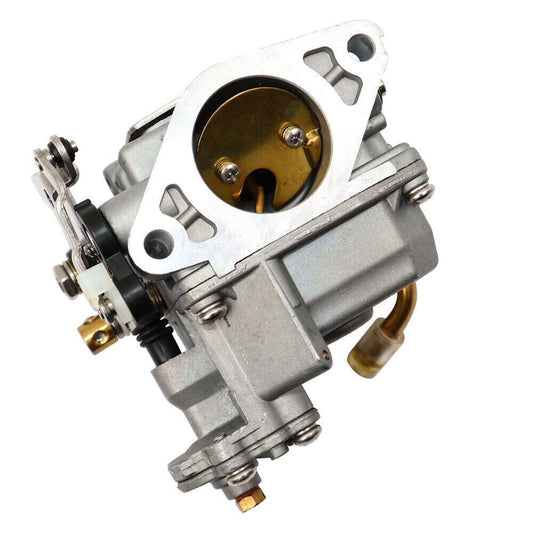
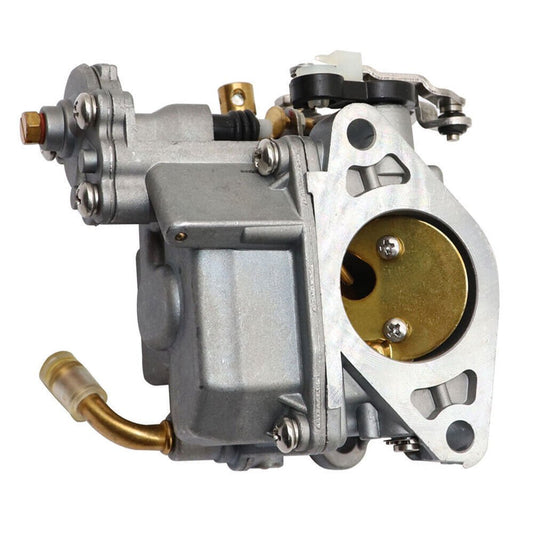
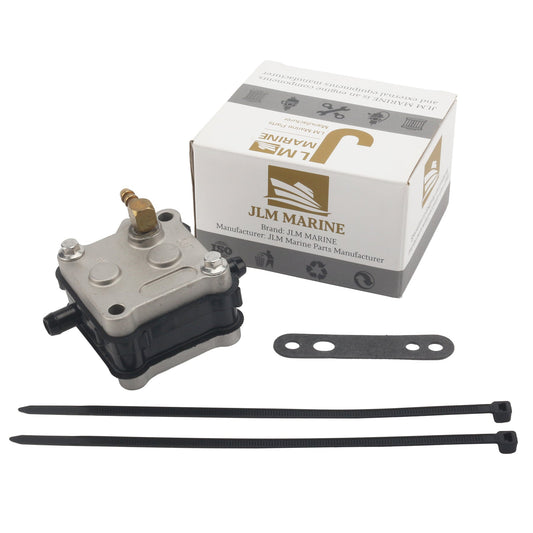
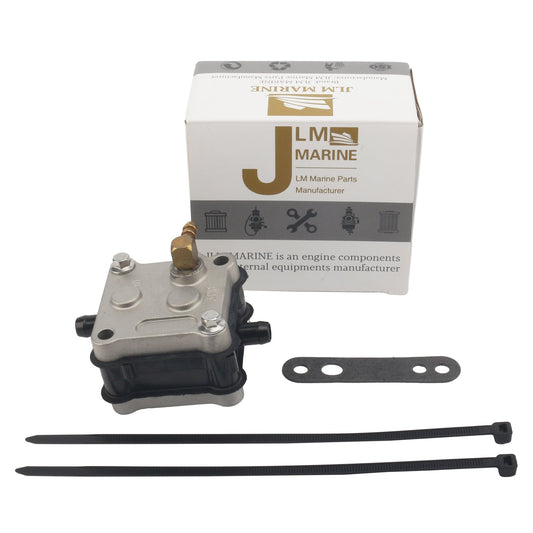
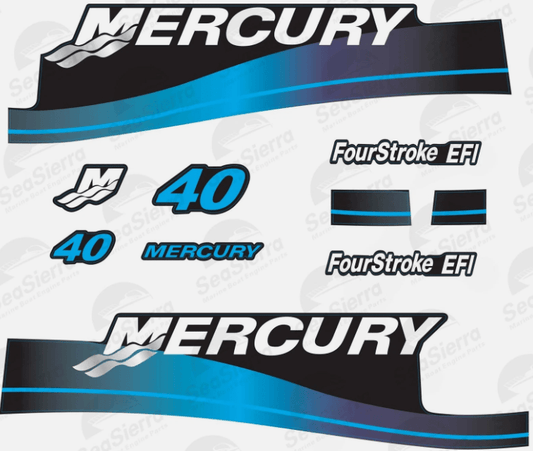

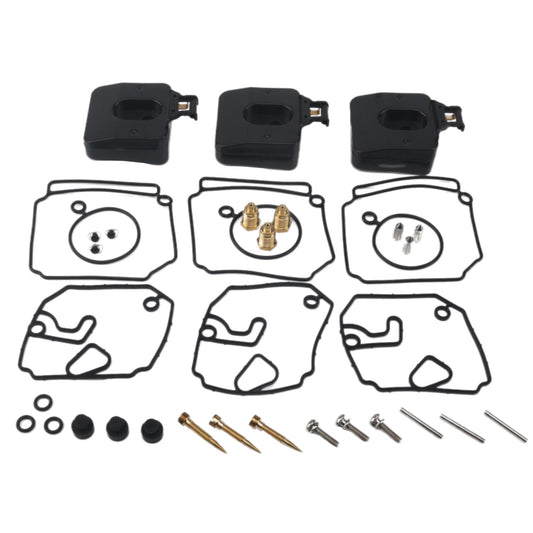
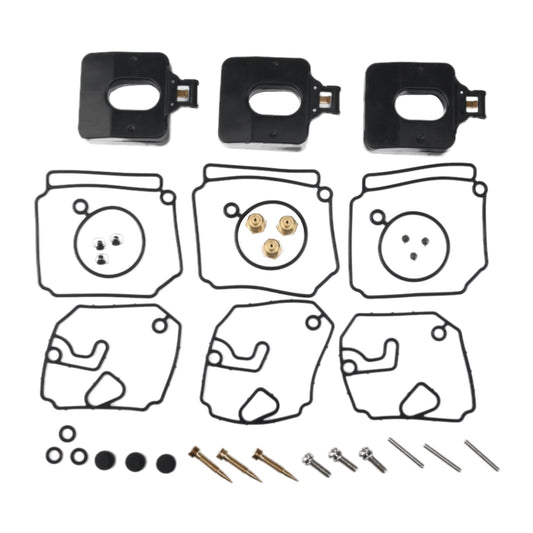
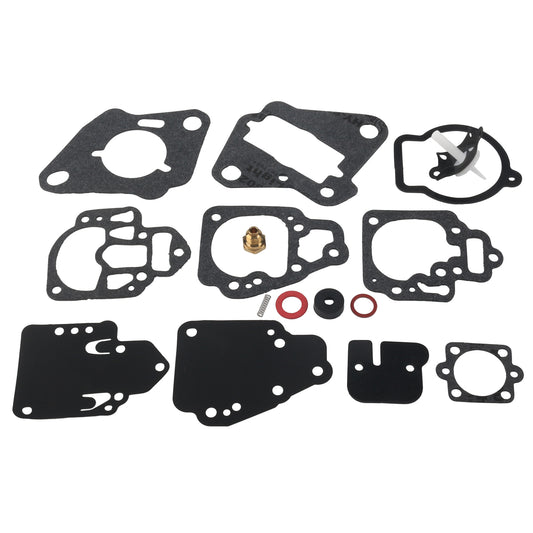
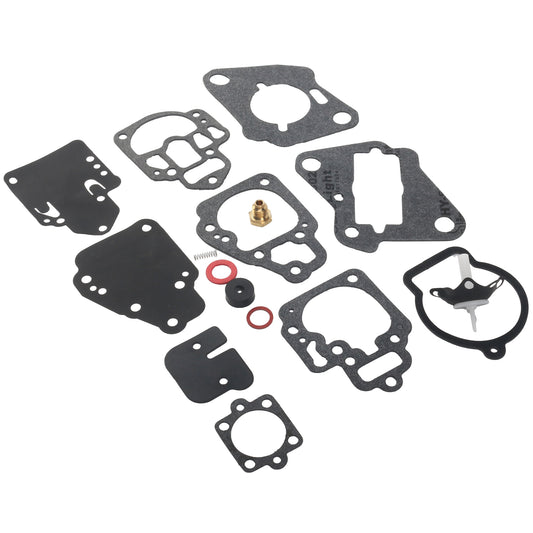
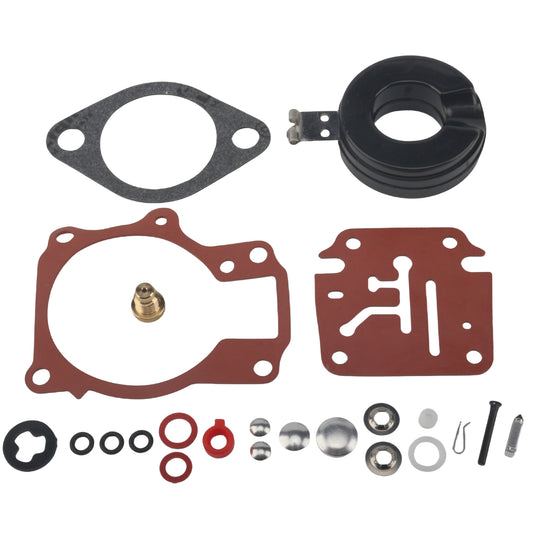
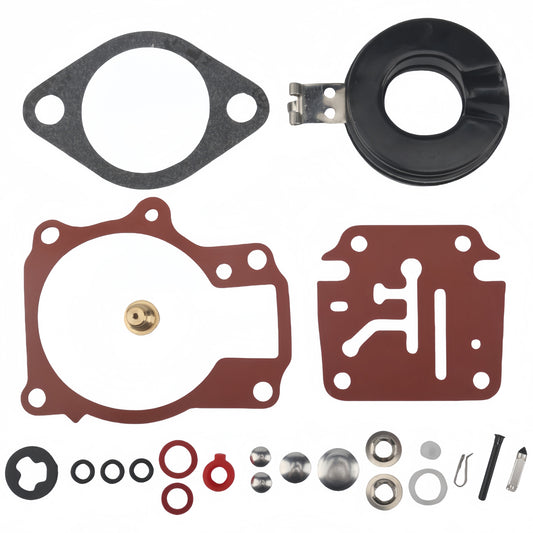

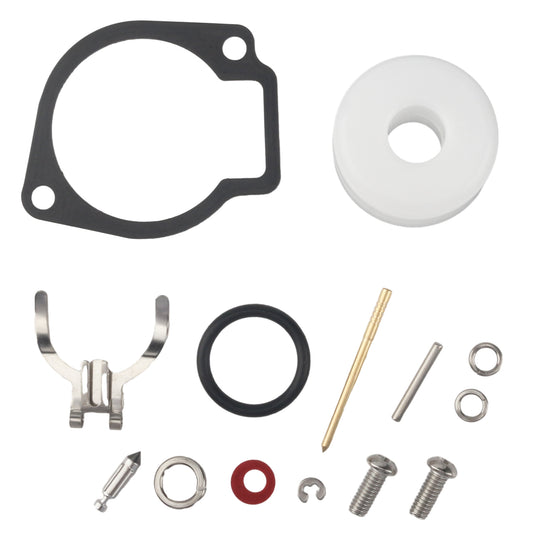
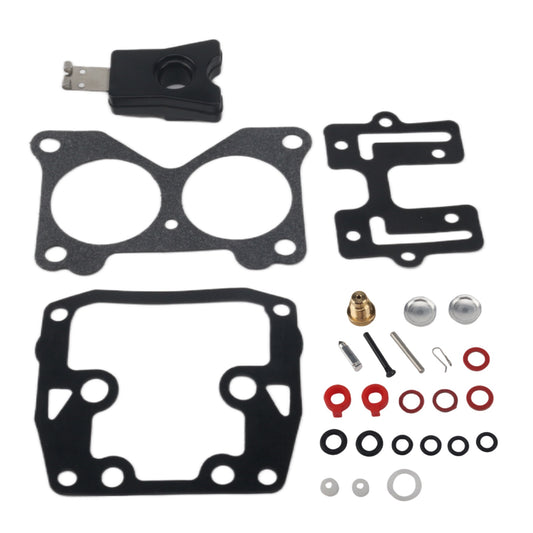
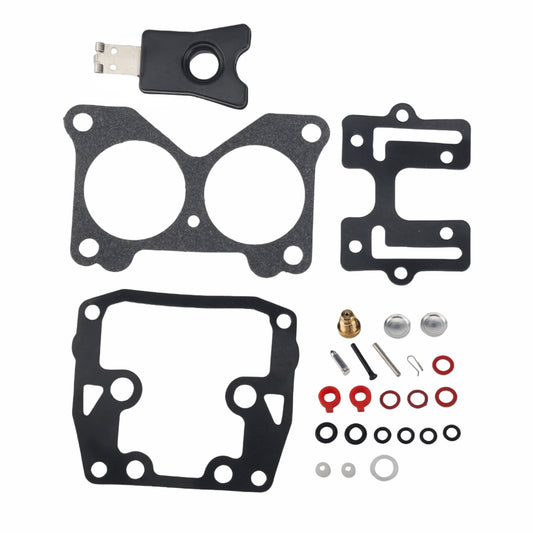

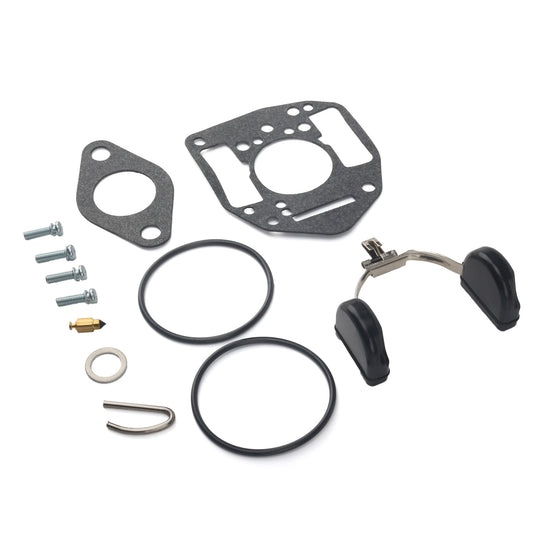
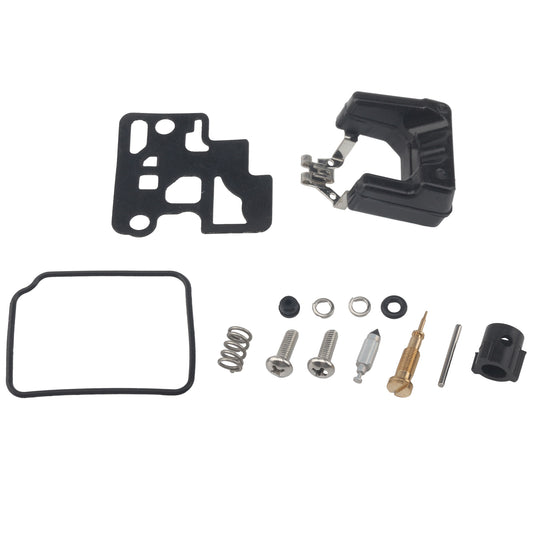
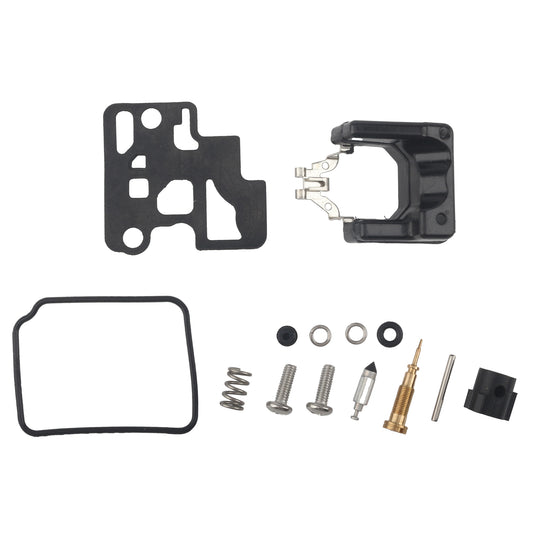
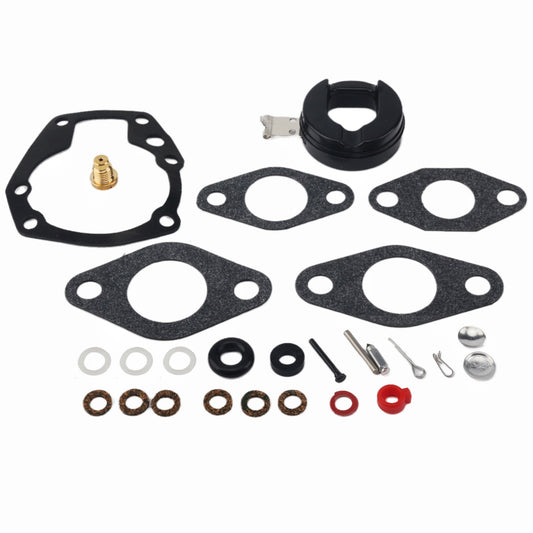
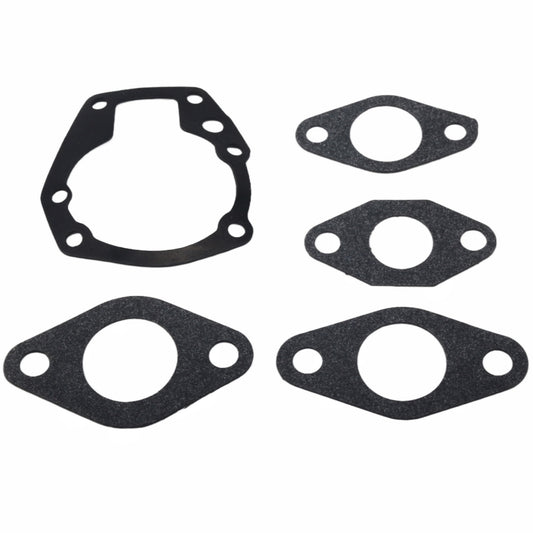
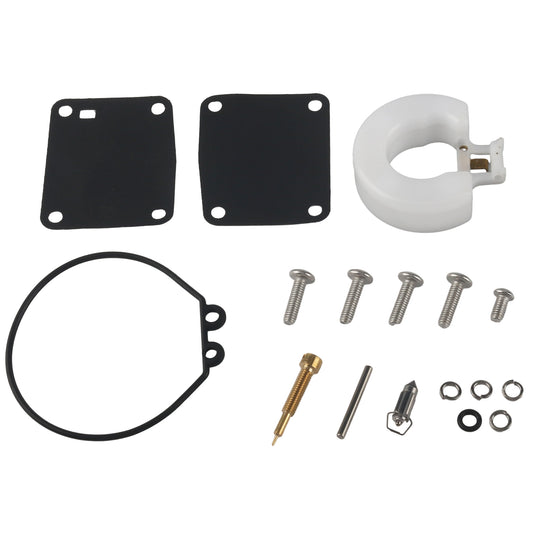
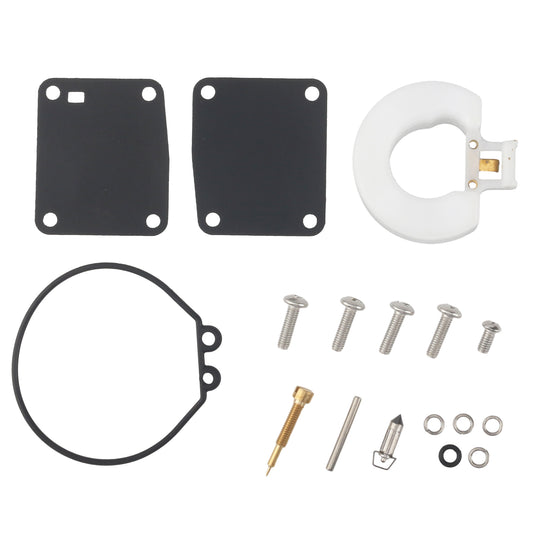
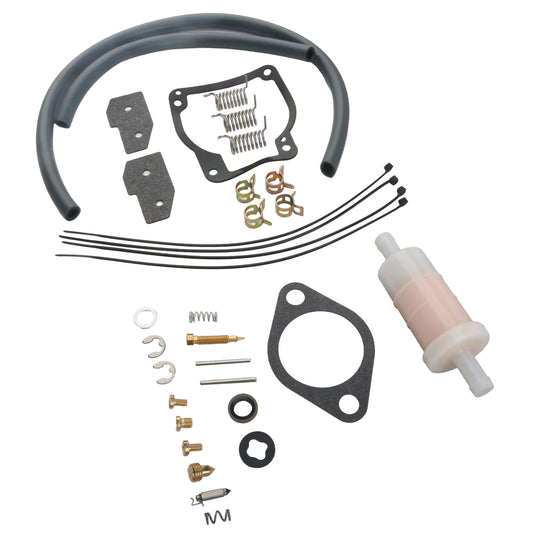
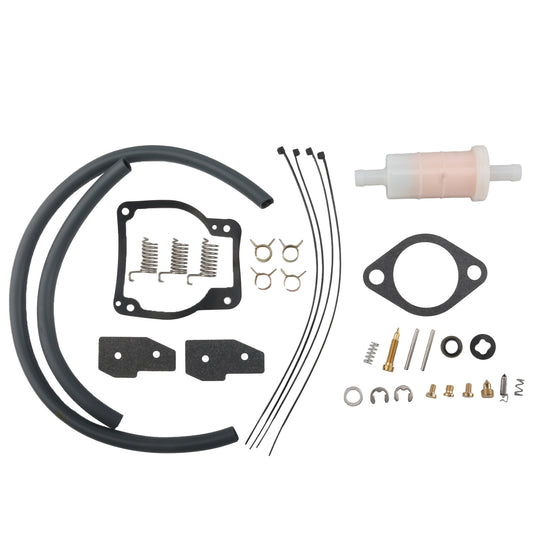

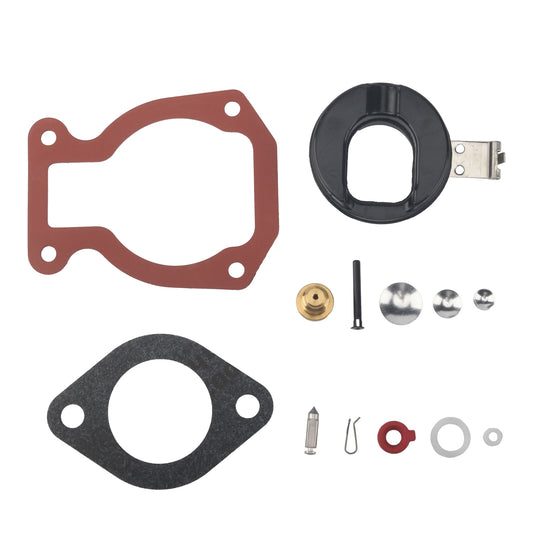
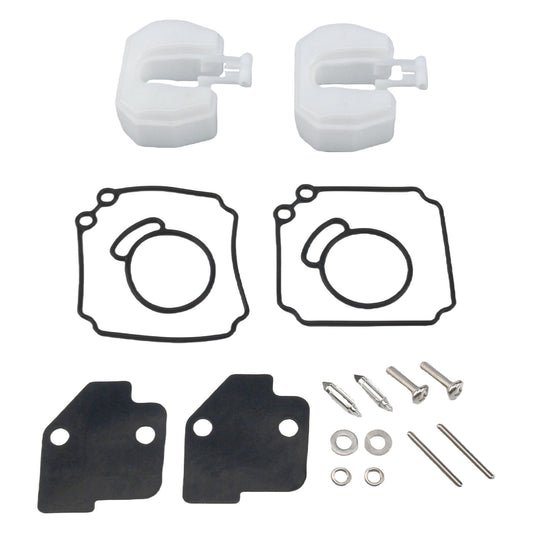
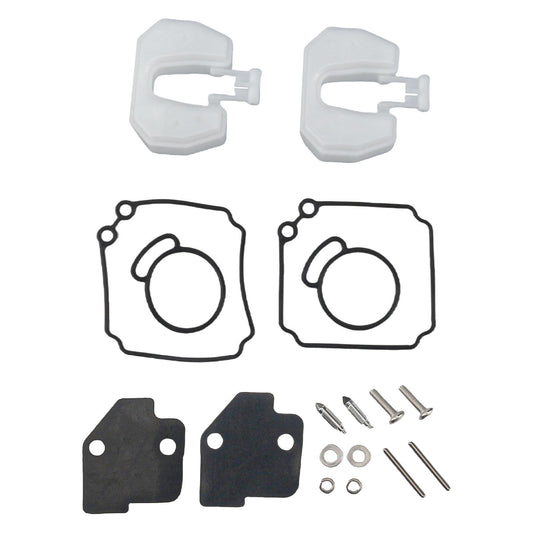
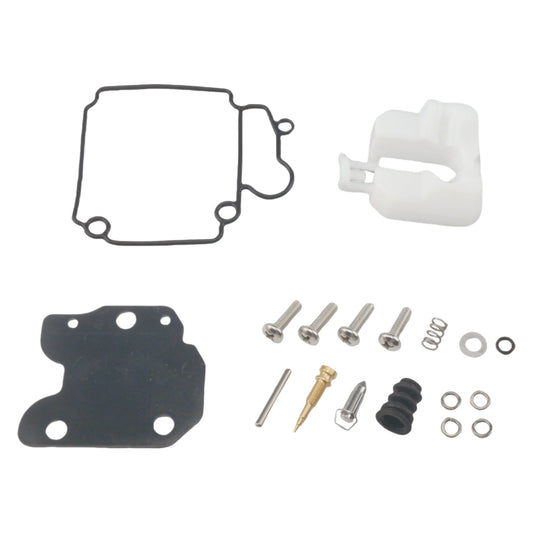
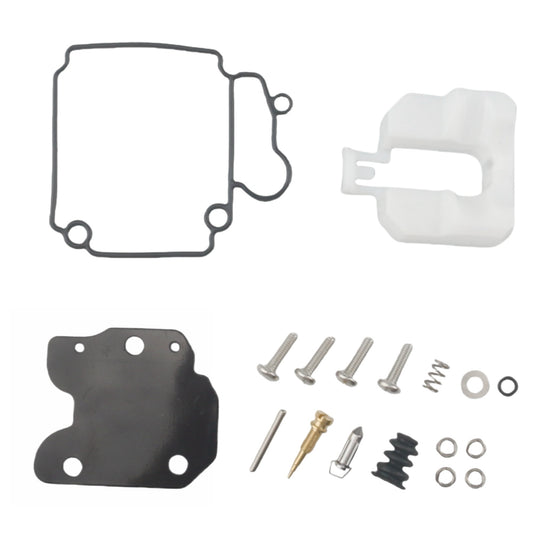
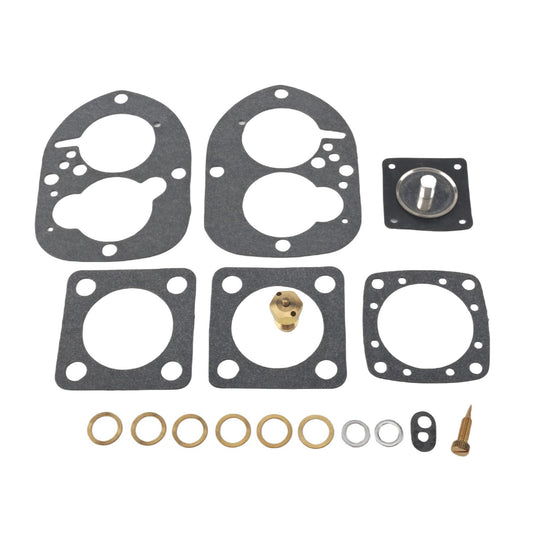
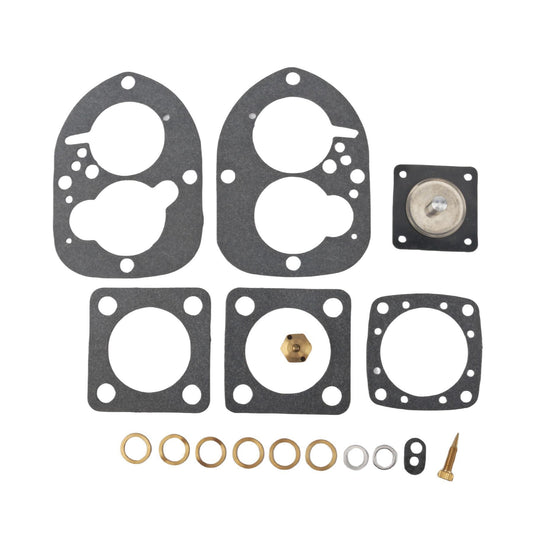


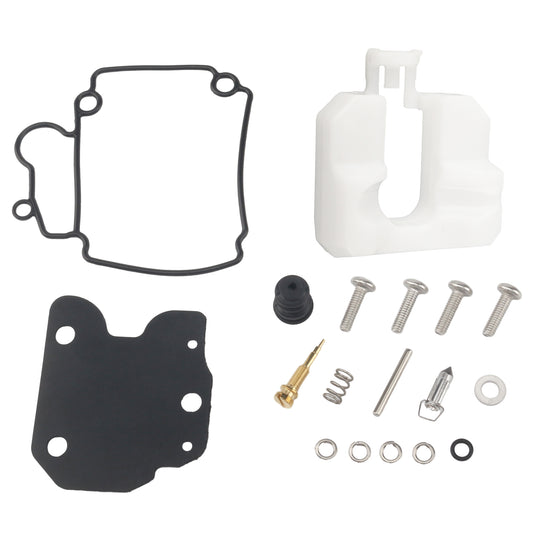
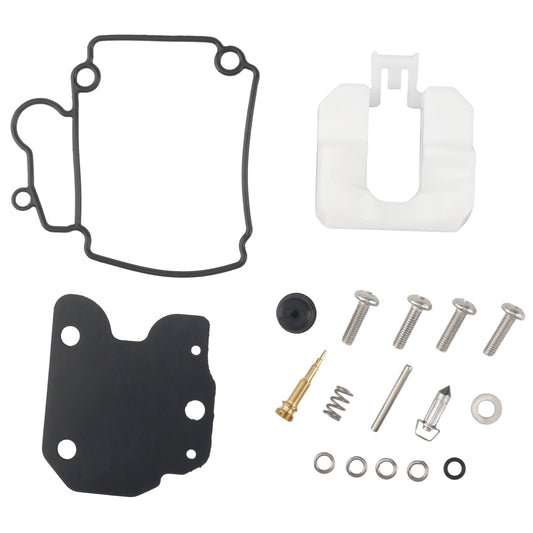
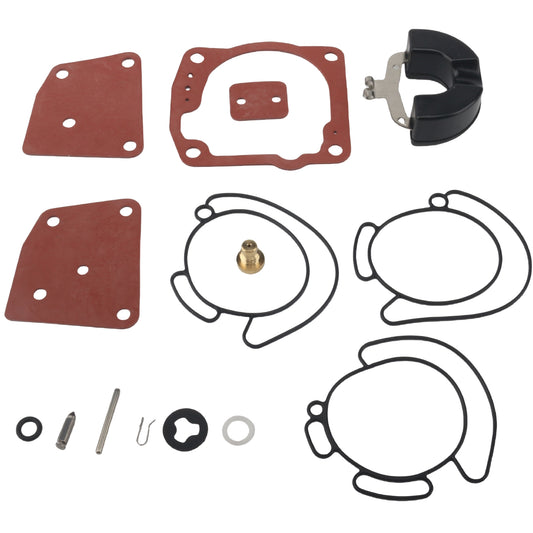
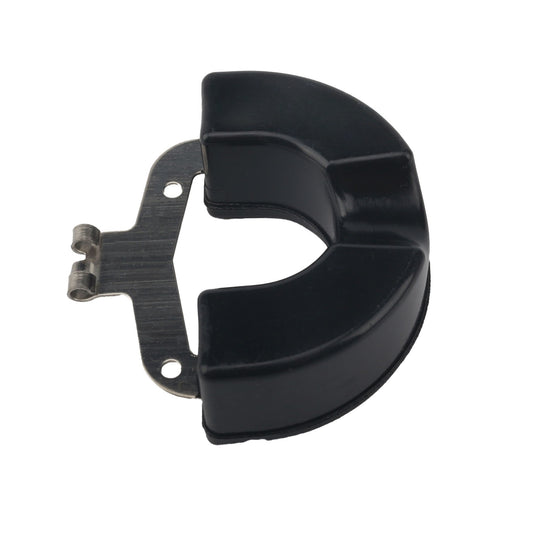
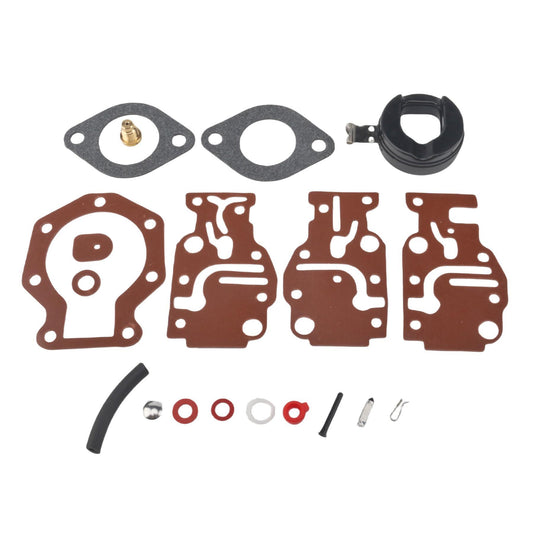


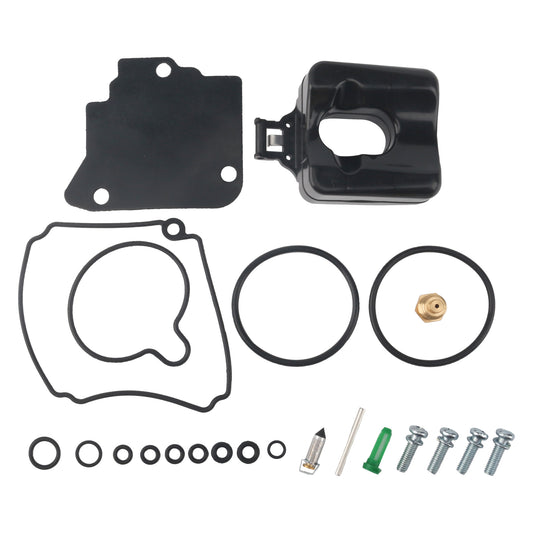
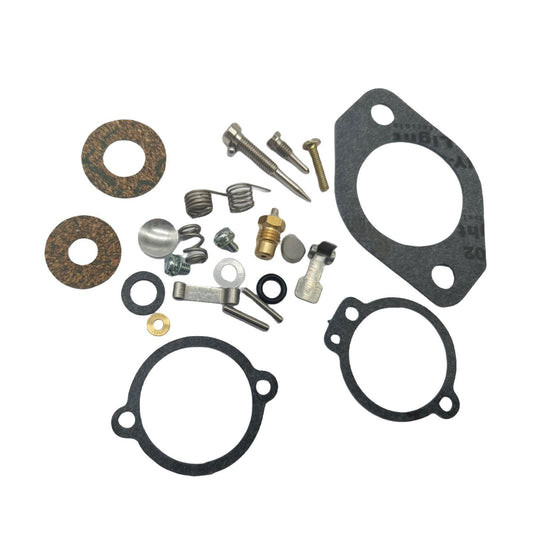
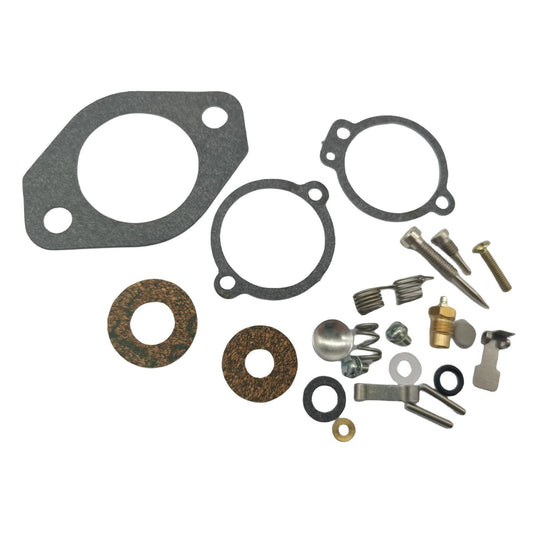
Leave a comment
Please note, comments need to be approved before they are published.